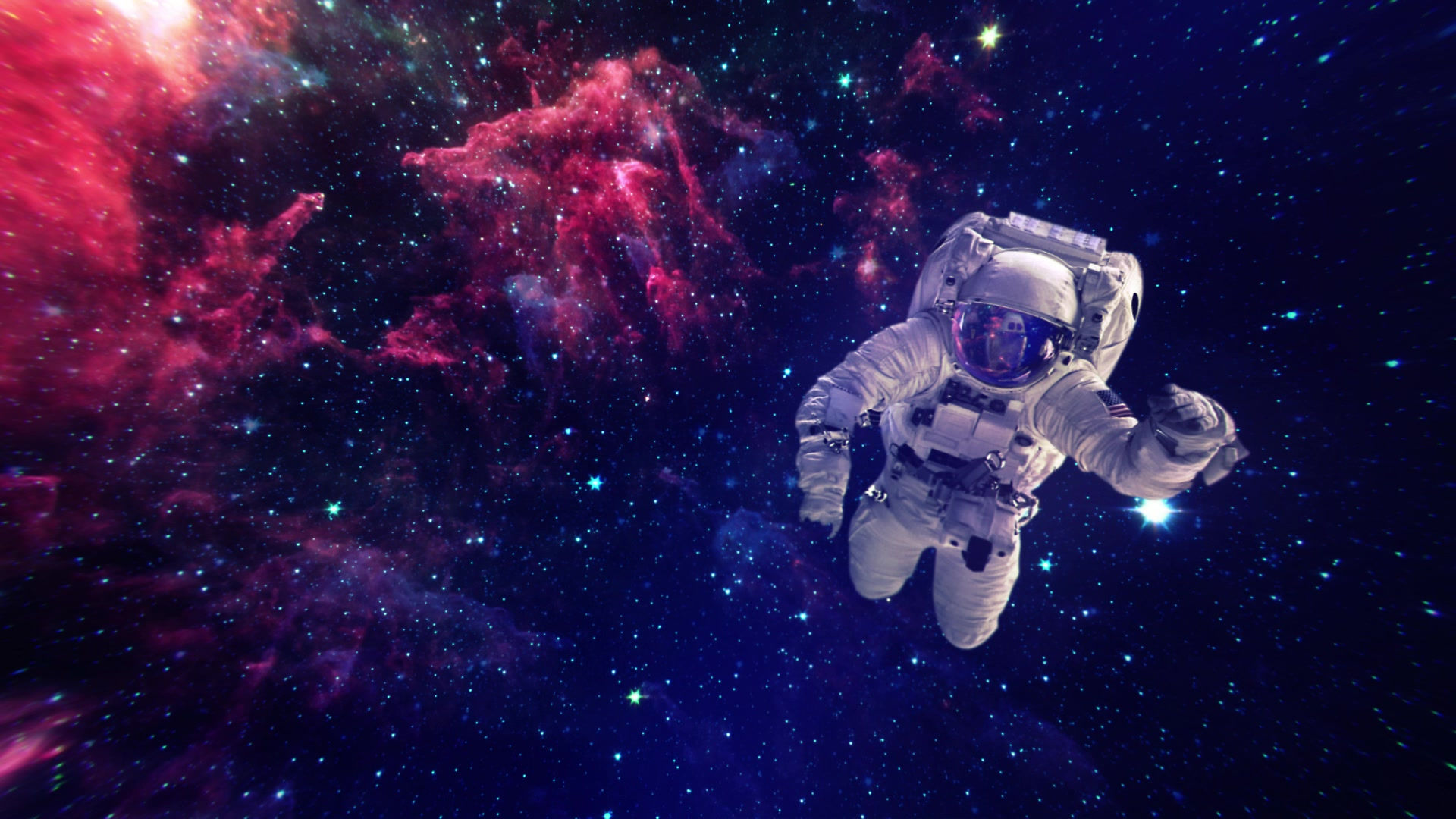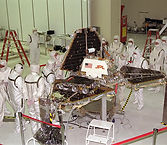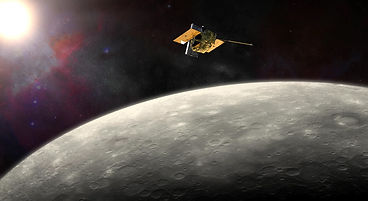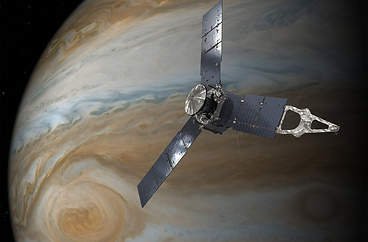
The Discovery Program
Greetings from planet Earth! My name is Robert Nusbaum, and I am a current University of Florida senior and aspiring dentist from Pensacola, Florida. Although my primary areas of study are food science and chemistry, I have always had a deep fascination with space exploration and the future of space travel. I had a great exposure to the concept of space exploration when I was younger. My dad loved to set up our family’s telescope and gave me the opportunity to look at the planets and comets within our solar system; I even had the opportunity to travel to the Keck Observatory on the top of Maunakea in Hawaii.
I recognize that most people do not get opportunities like these and that there is a deep misunderstanding of the implications that advances in space travel will have on our future. I created The Discovery Podcast to explain how things used to be, how things are working today, and how we can be more involved in the future.
The “Golden Age” of space exploration occurred in a time when computers were the size of rooms. The 1960’s saw us go from having rockets explode on the launch pad, to send humans into Earth’s orbit for the first time, and eventually, all the way to the Moon. Throughout the decade, we made baby steps in the form of great innovations, calculations by hand, and outstanding technological develops to achieve this goal. The entire nation felt a deep connection to the concept of exploring a new frontier before the Soviets, and many people back then predicted that we would have colonies on the Moon and Mars by now.
Things are different. With no superpower to compete with, NASA must rely more on the minds of innovative members of the public, like you and I, to meet their budget constraints. The Discovery Program is NASA’s answer to its own defunding, but it allows for a more intimate connection between NASA and the citizens that still provide its funding. The Discovery Program challenges minds of the public to come up with missions to faraway worlds with the purpose of learning something new and developing new technologies to get there. However, this is no small feat; the entire mission must be accomplished using less than $500 million, while standard NASA missions can easily surpass $5 billion.
The process to plan a mission is grueling. Just picking a target is not easy; NASA usually prioritizes certain worlds by providing incentives for missions to these places. For example, NASA is currently prioritizing a mission to study the atmosphere of Venus, which has not been explored since the Soviet landers back in the 1970’s. After picking a target, the design team must think about science: will the probe analyze the atmosphere, the soil composition, the radioactive properties, or the possibility of life? The possibilities are essentially endless. One recent proposal suggested studying geyser plumes jetting from Saturn’s icy moon Enceladus. Finally, the team must use physics and mathematics to determine how to get to the target, how much fuel is needed, how heavy the spacecraft will be, among other things.
The next step is the proposal. NASA typically only accepts two out of six or more concepts. While the victory for certain teams allows their missions to proceed, others go home. However, the defeat is not in vain; teams frequently receive grants to continue refining their missions in hopes of a future acceptance. The teams that proceed through the vetting process are then forced to develop and manage their mission under a strict time frame. However, when successful, the results are amazing. The Pathfinder mission to Mars and the MESSENGER mission to Mercury are just a couple of amazing examples.
There are many other ways to stay involved in the space program than developing and carrying out a mission. The JUNO probe currently orbiting Jupiter has a camera attached specifically designated for public use; citizens get to vote on what to aim the camera at. Frequent targets are Jupiter’s giant red spot, Jupiter’s unique polar regions, and the moons Io and Europa. There are similar ways to get involved in NASA’s Cassini and Curiosity missions. However, NASA would certainly benefit from an increase in public outreach. NASA has the potential to provide amazing advances in the fields of medicine, robotics, environmental studies, and so much more. Regardless, there are ways to get involved in the works of NASA, and there is a place for each of us to make a difference.







